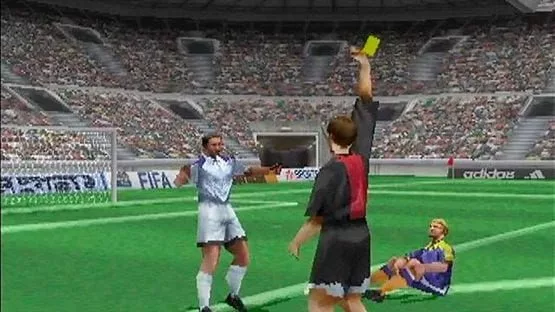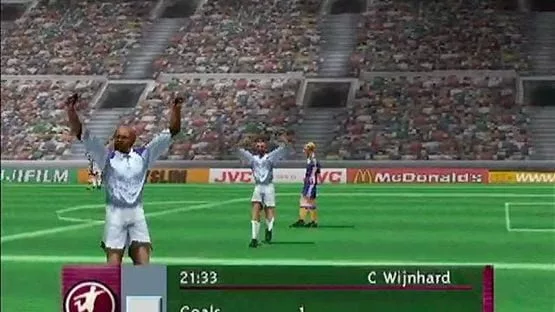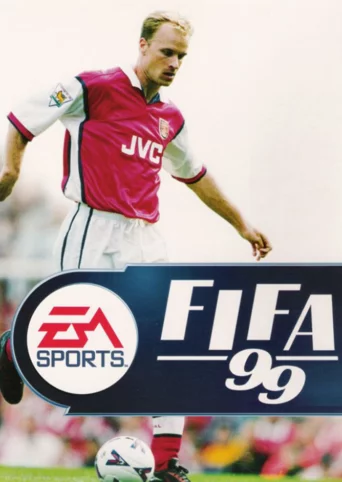
FIFA 99 (1998)
Genres:Sport, Simulator
Themes:Non-fiction
Game modes:Single player, Multiplayer
Story:FIFA 99 features an elite league called the "European Dream League" in which 20 top teams from across Europe battle it out in a league format. It was also the first game to feature a block containing teams which did not pertain to any of the main leagues (back then, it was known as "Rest of Europe" since all teams were European, the vast majority of them featured either in the 1998-99 season of the UEFA Cup or Champions League).
Graphically, it is a major improvement over FIFA '98, with the inclusion of basic facial animations and different players' heights as well as certain other cosmetic features such as improved kits and emblems, although they are unlicensed. Gamers may also create their own custom cups and leagues and select the teams they wish to participate.Show more
Vote to bring this game to GOG and help preserve it.124
If you played it, you loved it. In my humble opinion the Fifa 98 games (RTWC and WC ) were the best classic Fifa titles but 99 was a worthy follow up.
There are two memories I have about Fifa 99 that always come to mind. The fantastic soundtrack (Right about now, the funk soul brother, check it out now, the funk soul brother, etc) and those really cool winter Europa Cup matches that you could play in seasons/cup mode.
You would take an obscure little team from Eastern Europe (in my case MTK Budapest) and try to win the Cup. Ah, those were the days :)

MechWarrior 2: The Titanium TrilogyThe Titanium Trilogy is the re-release of all MechWarrior 2 games for Windows 95, rebalanced and fully textured.
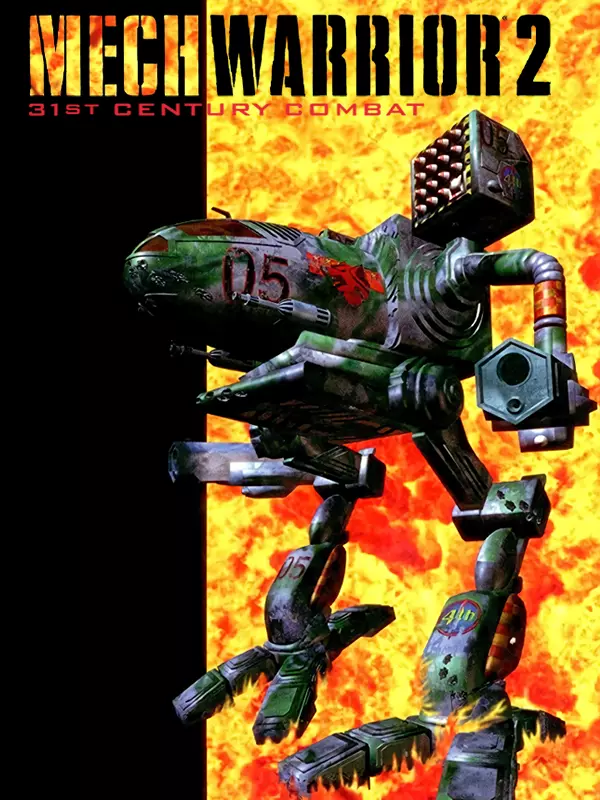
MechWarrior 2: 31st Century CombatYou are the genetically engineered Clan Mechwarrior. The Clans are invading the Inner Sphere. Join either the Wolf Clan or the Jade Falcon Clan as they pursue their own agenda against the Inner Sphere and other Clans. Take your advanced Omnimechs into battle against all comers. Win high warrior ratings (by using less mechs or smaller mechs than needed, completing secondary objectives, etc.) and you'll get chance at a promotion trial where you face superior odds in an arena. If you win, you advance in rank. If you are very successfully, you can make it all the way up to Khan, leader of the Clan!
Mechwarrior II was developed in-house by Activision as the successor to their original Mechwarrior. While this time there are no dynamic campaign and mercenary actions, the Clan culture is integrated into the two campaigns. Different clans have different mechs and different rules, even different weapons. You can customize your mechs in order to use less than the "par" force in order to get a higher rating. The full 3D environment wasn't pretty as this was before the 3D accelerators made their debut, but it's still better than anything that came before. Let addition of NetMech allowed users to fight each other online. When 3D cards came along, special versions were created to take advantage of 3D texturing. While not QUITE as replayable as Mechwarrior, it's nonetheless a classic.
If you want them now, get the Titanium Edition, which is 3D accelerated.Action Science fiction
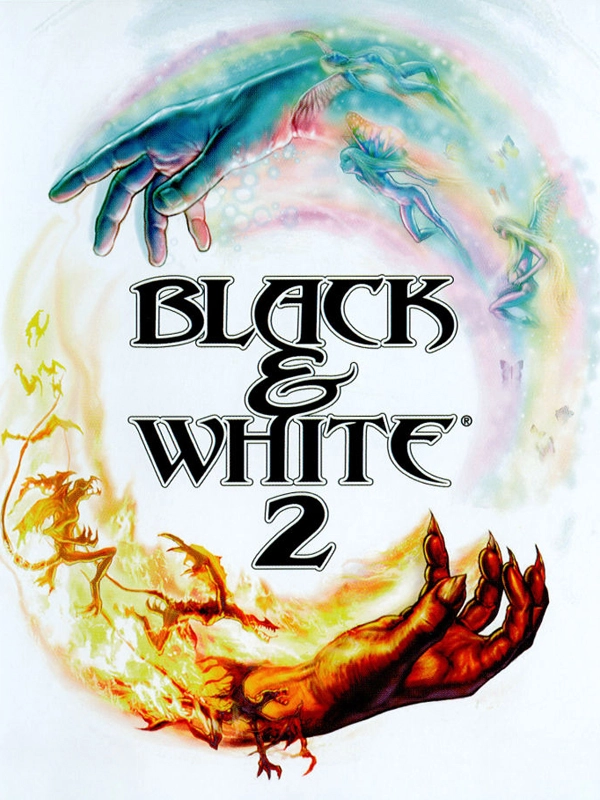
Black & White 2In the game, the player takes the role of a god called from the void (nothingness) to help those who invoked them. However, the player is not an omnipotent style god, but rather a god who rises and falls with his believers and the player must help develop their nature according to their good or evil desires. The player also has a creature, their physical representation in the world, which takes the form of an anthropomorphic ape, lion, wolf, turtle, cow, or tiger. Its physical manifestation can grow to an immense size, and adopt a good or evil persona separate of the player's. They develop their character as the player rewards or punishes their actions. In addition to the god simulation and city-building elements introduced in the original Black & White, Black & White 2 also features elements of real-time strategy gameplay, with the addition of controllable warfare and fighting units.Top Action Fantasy Comedy Sandbox

Black & WhitePlay the role of a deity in a land where the surroundings are yours to shape and its people are yours to lord over. Be an evil, malevolent god and the natives will worship you with fear in their eyes. Play as a kind, benevolent god and they will worship you with love in their hearts. Your actions decide whether you create a heaven or hell for your worshipers. Then select a creature from the land to act as your representative in the world. Raise it to gigantic proportions and teach it to do your bidding--whether the animal grows into an evil colossus of mass destruction or a kind and gentle giant is up to you. Progress through the game's rich storyline performing powerful miracles to battle other deities and become the world's supreme god.Top Trending Open world Sandbox
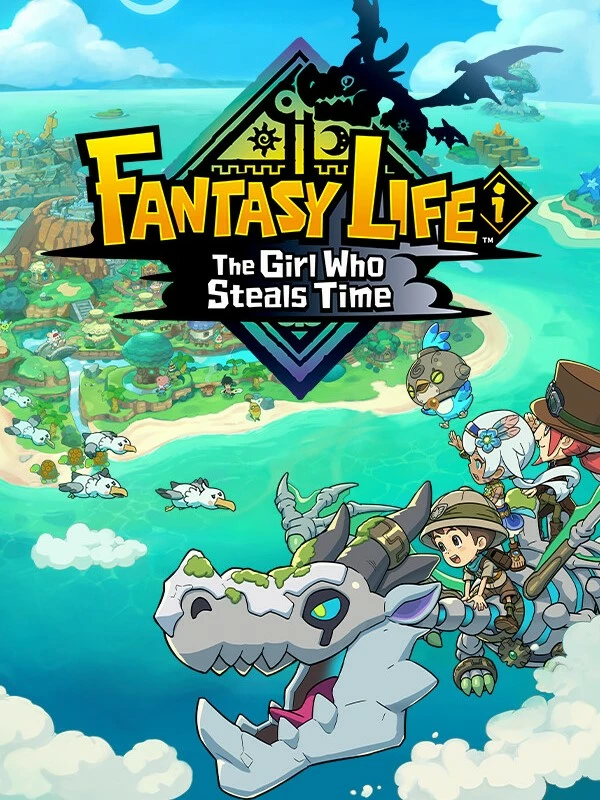
Fantasy Life i: The Girl Who Steals TimeFantasy Life i: The Girl Who Steals Time is an RPG life-sim game and the long-awaited sequel to the 3DS classic Fantasy Life. This game will expand on what the original did, blending simulation with traditional action RPG combat mechanics.Action Fantasy
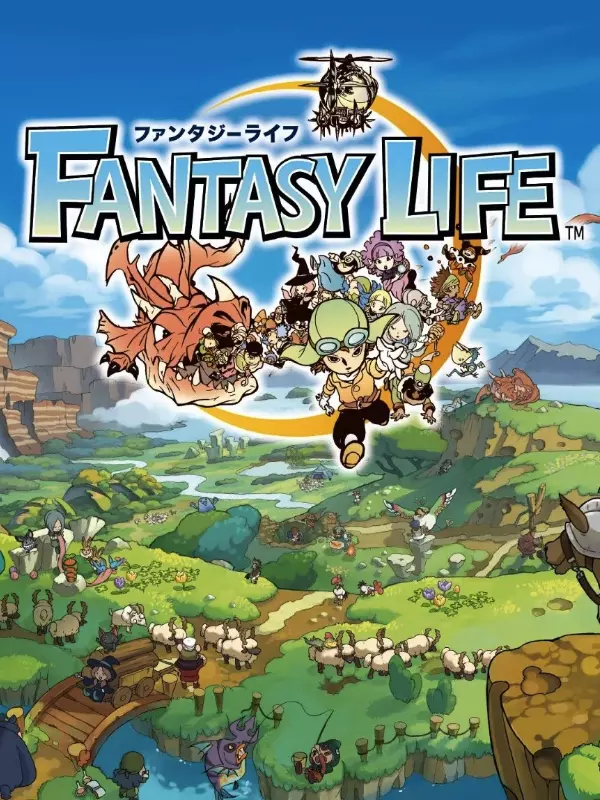
Fantasy LifeEmbark on the adventure of your dream life as you craft, cast, fish, mine, battle and explore like never before. With the innovative Life system, your choices don’t just upgrade characters—they help shape your journey. Explore a huge fantasy landscape beside surly dark paladins, slick pirate captains, regal princesses, and others who share your taste for the unknown.Fantasy Comedy Kids
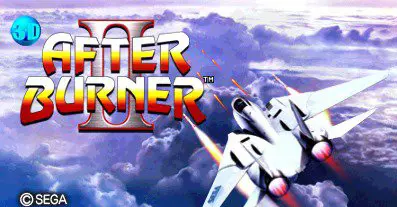
3D After Burner IITake to the skies with this 3D arcade classic!Action

13 Sentinels: Aegis RimUncover the truth and delve into a 2D sidescrolling adventure featuring gorgeous art and environments. Then, battle the kaiju in fast-paced, top-down combat. Customize the Sentinels with an arsenal of mechsuit weaponry, and fight to defend humanity!Science fiction Drama
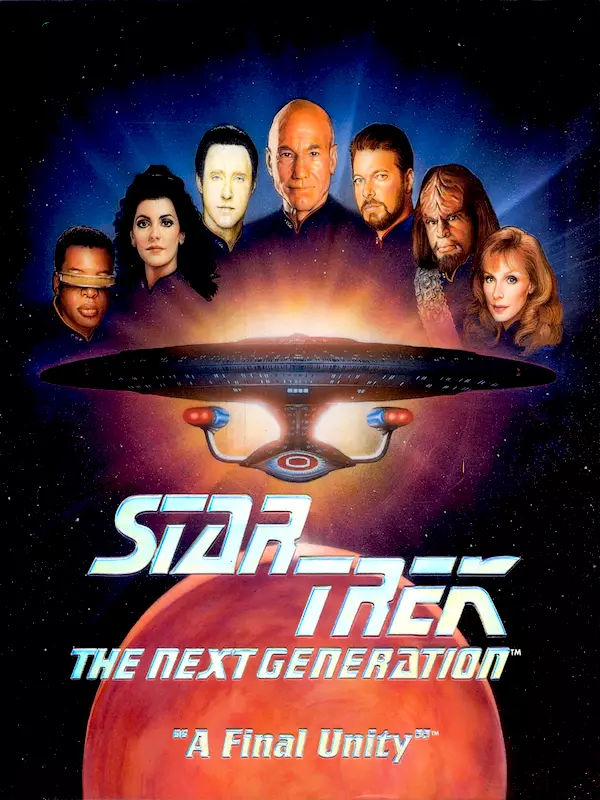
Star Trek: The Next Generation - A Final UnityStar Trek: The Next Generation – A Final Unity is an adventure game by Spectrum HoloByte, based on the Star Trek universe. It puts the player in control of Captain Picard and his crew of the Enterprise D and features traditional point-and-click adventure gameplay as well as free-form space exploration, diplomatic encounters and tactical ship-to-ship combat.
The cast of Star Trek: The Next Generation reprise their roles, providing the voices of their respective characters.Science fiction 4X (explore, expand, exploit, and exterminate)
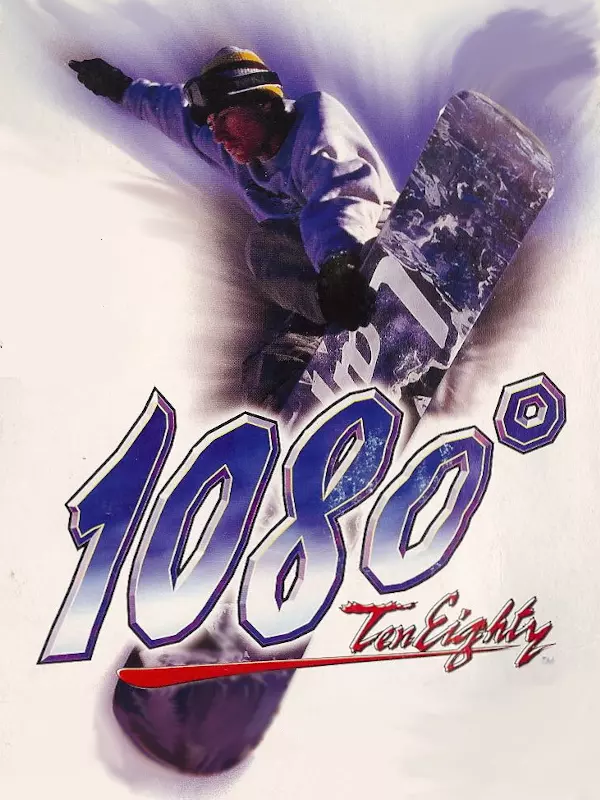
1080° Snowboarding1080° Snowboarding is an intense snowboarding game in which the player gets to choose between many different boards, tricks, courses and much more.Action


